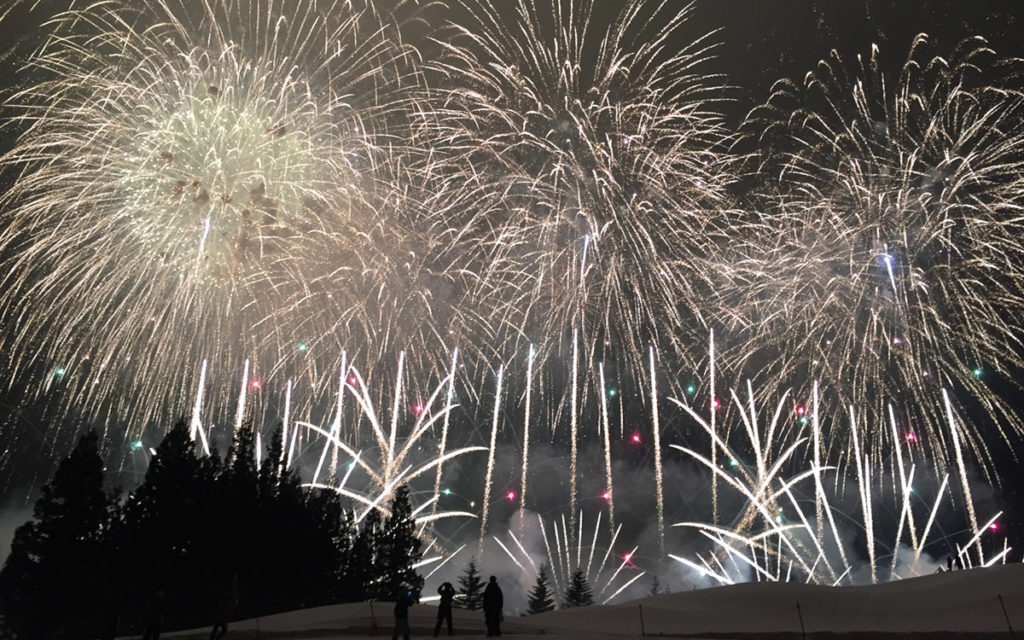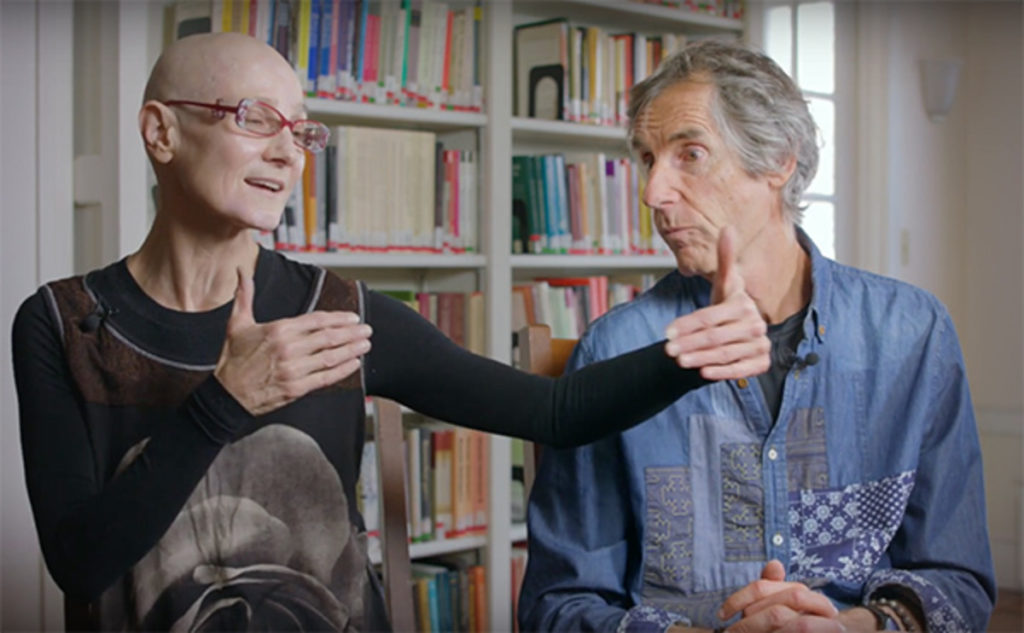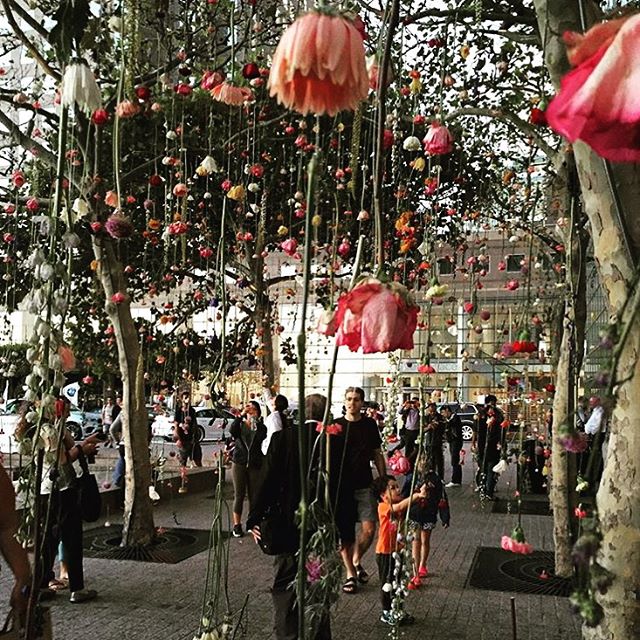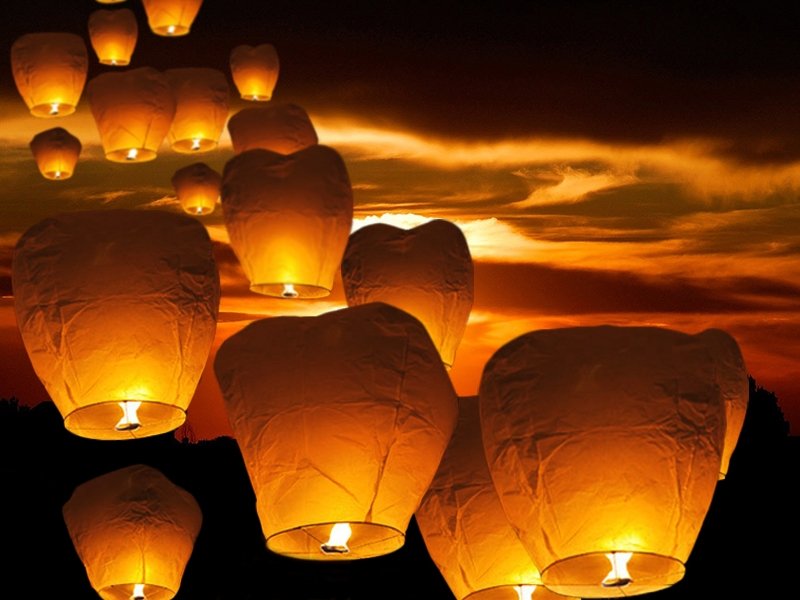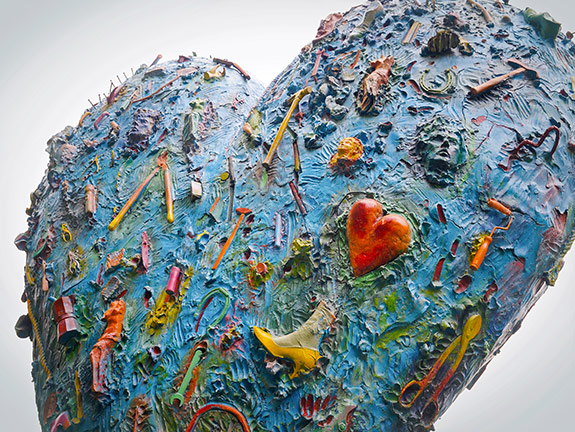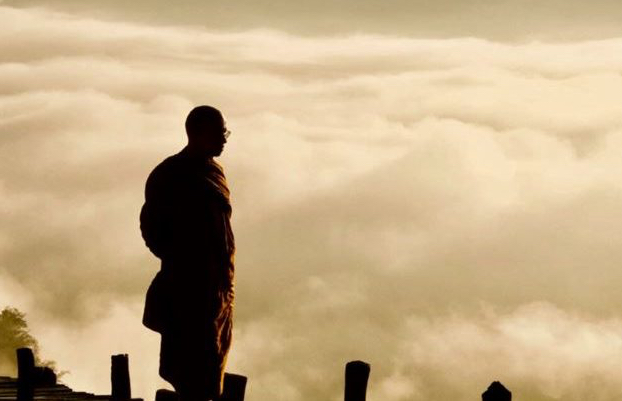After the Storm
I think of the emotional aspect of my experience as a “body” with the quality of water — much as the physical aspect of my experience has the quality of earth.
This emotional body of mine — for reasons I don’t want to go into right now — was experiencing quite a bit of “weather” yesterday afternoon, so I spent some time listening to Phillip Moffitt’s guided meditation on Metta for the Emotional Body.
Check it out. You never know when the waters are going to start rising!
Worth Celebrating
Exactly ten years ago today, I was at my first-ever retreat at IMS (Insight Meditation Society) in Barre, Massachusetts. (February. Boston. What was I thinking?!?)
Previously I had been going to retreats at Spirt Rock — which is in California, where it’s warm!!! — but there I was, in Massachusetts (in the winter!!!) because six months earlier, I’d heard a dharmaseed talk by a then-little-known teacher (who I’d certainly never heard of), who was going on about a new book he had just written (which I’d also never heard of), who spoke with a slight southern-ish accent (which I never used to like), but who somehow — I really don’t know how — had such an impact on me that by the time he finished talking, I’d decided: I’ve got to go sit with that guy!
“That guy” was Phillip Moffitt (who is now my main teacher and mentor) and the book he was talking about is Dancing with Life (which is now my all-time favorite dharma book).
So last night, I celebrated, by listening to that first talk, and then to a couple of the talks Phillip gave at that first retreat.
Why not! I feel like it’s sort of my Dharma Anniversary.
Want to celebrate with me?
Here’s a link to that first dharmaseed talk: Dancing with Life
Here’s a link to a couple of Phillip’s talk at that first retreat: The Second Noble Truth and the Hindrances, and Now That You Know, What Do You Know?
Here’s an excerpt from the intro to his book: “Dancing with Life is a teaching of the wisdom that is to be found in being consciously and fully present with your suffering until what is called ‘pure’ awareness,’ or ‘Buddha nature,’ or ’emptiness,’ that lies beyond your personality is revealed. It points to the opportunity you have to make a radical inner shift in how you view your existence.
“Whatever the source of your suffering may be, this inner shift will provide a new, deeper context for interpreting your experiences that bring clarity and equanimity to your mind.
“The result of this inner transformation is that your life — with all its pain, disappointment and uncertainty, as well as all that you cherish, love, and work hard for — is radically enriched.
“You will discover, as so may others have before you, a feeling of aliveness, something mystical, palpable in your daily life. You may have a long journey to your final and full liberation, but peace and freedom of mind are available to you right now in ever-increasing measure.”
(He’s right.)
***
Cheers!
What We Do for Love
I love going on silent retreats. My first was three days long. My longest was two months. I’d love to sit a longer retreat — maybe even a full year, like a friend of mine recently did at the Forest Refuge.
But what about sitting a four-year silent retreat!?!
That’s what Bill and Susan Morgan did! Beginning in the fall of 2009.
Seems kind of crazy, right? From a “normal life” view of things, of course it IS!
But then, isn’t love always some kind of “crazy”?
Check it out:
“Now, in a series of seven videos entitled A Deeper Dive, the couple reflect on their extraordinary experiences at the Forest Refuge. They speak about how they came to the idea to commit to such a prolonged period of practice, the challenges they faced along the way, and several profound insights they gleaned both about themselves as individuals, and as a couple, practicing side-by-side every day, without speaking, for four years.”
– from Insight Meditation Society Sangha News
What Beauty!
I have family business to attend to tomorrow, so I won’t post again till Thursday. In the mean time, I leave you with this little nugget (edited) from the very last minute of Ajahn Sucitto’s talk, Body — The Last Outpost of Sanity:
Recognizing the distortions and possible pain that can be generated through grasping at the aggregates of Feelings, Perceptions, Intentions, Physical Forms, Consciousness — if the impurities of Identification and the misunderstanding of Self-and-Other could be cleared away — what beauty could be born, and shared.
With a mind of goodwill; with a mind that’s sensitive — oh what beauty could be born!
Same, But Different
In the Study and Practice class I’ll be teaching next month on the Satipatthana Sutta, I’ll use Bhikkhu Sujato’s relatively new translation of this foundational text as well as the more familiar translations by Bhikkhu Bodhi, Bhikkhu Analayo, Thanissaro Bhikkhu, and others.
I like them all. Of course, they each have their pluses and minuses — but I do like the relative plain-spoken-ness of this new one, plus the fact that it uses of non-gendered pronouns.
Here’s Bhikkhu Bodhi’s familiar translation of the opening section of the sutta (MN10), which he titles “The Foundations of Mindfulness“:
Thus have I heard. On one occasion the Blessed One was living in the Kuru country where there was a town of the Kurus named Kammāsadhamma. There he addressed the bhikkhus thus: “Bhikkhus.”—“Venerable sir,” they replied. The Blessed One said this:
“Bhikkhus, this is the direct path for the purification of beings, for the surmounting of sorrow and lamentation, for the disappearance of pain and grief, for the attainment of the true way, for the realization of Nibbāna—namely, the four foundations of mindfulness.
“What are the four? Here, bhikkhus, a bhikkhu abides contemplating the body as a body, ardent, fully aware, and mindful, having put away covetousness and grief for the world. He abides contemplating feelings as feelings, ardent, fully aware, and mindful, having put away covetousness and grief for the world. He abides contemplating mind as mind, ardent, fully aware, and mindful, having put away covetousness and grief for the world. He abides contemplating mind-objects as mind-objects, ardent, fully aware, and mindful, having put away covetousness and grief for the world.
Here’s Bhikkhu Sujato’s translation, which he titles “Mindfulness Meditation“:
So I have heard. At one time the Buddha was staying in the land of the Kurus, near the Kuru town named Kammāsadamma. There the Buddha addressed the mendicants: “Mendicants!” “Venerable sir,” they replied. The Buddha said this:
“Mendicants, the four kinds of mindfulness meditation are the path to convergence. They are in order to purify sentient beings, to get past sorrow and crying, to make an end of pain and sadness, to complete the procedure, and to realize extinguishment.
What four? It’s when a mendicant meditates by observing an aspect of the body—keen, aware, and mindful, rid of desire and aversion for the world. They meditate observing an aspect of feelings—keen, aware, and mindful, rid of desire and aversion for the world. They meditate observing an aspect of the mind—keen, aware, and mindful, rid of desire and aversion for the world. They meditate observing an aspect of principles—keen, aware, and mindful, rid of desire and aversion for the world.
***
Click here for the full translation of MN10 by Bhikkhu Bodhi. Click here for the full translation by Bhikkhu Sujato.
Interested in taking the class? Email me here.
What is this Boundary Boundary-ed by?
Ajahn Sucitto: “…I think one of the not-quite-correct understandings, in my opinion, of the aggregates (physical and mental experiences) is that these are one’s self. Actually, it’s my understanding that they are the cosmos — which can be personally experienced.
“So it’s thoughts, moods, impressions, form external, form internal, perceptions as they arise in the minds of others, speech that one hears, etc… It’s a complete thing.
“It’s not like: I am this mass of aggregates. It’s: there is this mass of aggregates — which creates the impression of somebody here and somebody else there. They create a duality of self and the world. They create me and my mind. They create me watching my anger. They create the sense of distinction, in which the aspect that one’s so often dealing with is the isolated person who is confronted by forces that she or he feels challenged by, within what they call ‘themselves’ — their moods, their obsessions, their worries — and qualities they call ‘other people’ — other people’s moods, obsessions, and problems. Or indeed things of the non-human nature — creatures and even disembodied spirits and so on!
“So, in meeting that edge, whereby there’s a differentiation — self and other, me and my mind, my good side and my bad side, my aspiration and my frustrations, my stupid behavior and my attempts to do better — this differentiation, there’s an edge there. It’s really at that edge where the quality of the softening and the goodwill and the accepting and the non-separation has to be encouraged.
“Non-separation doesn’t mean ‘we’re all one’. It means that we’re letting it all be met as a undivided, even problematic cosmos of different energies, differing dispositions, different qualities, datus (elements), indrias (authorities, powers)… And then just opening the map up — external/internal, myself/yourself, all this as it is.
“So really, this boundary — what is it boundary-ed by? Is it bounded by I am better? Is it bounded by I am worse? Is it bounded by anxiety? This boundary — this is the bit we can really know. The rest of it is guesswork, actually. The boundary is the piece that we can really know. Because whatever else it is, we know — this particular edge is causing problems.”
***
This is the first 5 minutes or so of a very rich talk by Ajahn Sucitto on the Aggregates, Stream Entry, Liberation, and much more. It’s called: Body — The Last Outpost of Sanity. Click here to listen.
Beauty of Being Freed from Regret and Remorse
Note: I have jury duty tomorrow, which could go on for an additional day or two, so I won’t post tomorrow for sure, and maybe not on Thursday or Friday either. Stay tuned.
Ajahn Sucitto: “Our citta — awareness — is all mixed up in forms and feelings and perceptions and memories and thoughts — it’s all mixed up in that. Citta is a kind of intelligence, a primary awareness, and it’s all flooded and mixed up in this aggregated mass [of bodily and mental experiences].
“The expression that’s used in the sutta is that one’s citta is ‘chewed up’ by the aggregates [forms, feelings, perceptions, intentions, consciousness]. It’s broken into bits and pieces: we see that we have a physical body; there are visual objects; we have memories; we have a past, the future; cousins, aunts; our good side, bad side; emotions; feelings; all these bits and pieces. All of them containing something — citta is hovering and invested in all of this.
“Even though we recognize that all of this is in some way incomplete, broken up, not satisfactory, still the extracting of the citta from this mass of suffering is a graduated and moderated process, so that the results can be properly integrated. It’s not a sudden wrench. The end result is that we’re still a functioning human being, on one level, with a personality and things we do and things we say. We can think. And feel. But it’s not this heavy, weighty, tangled stuff. It’s not the regret and criticism and all the negative aspects. It’s not the hungry, craving person. It’s the sappurisa — the true person, the person who is in ‘true’, is properly aligned, who resonates with truth. There’s no mixed-up-ness in it.
“It’s as if one extracts and then permeates the personal world, the personal fabric, with the beauty of the citta when it’s become freed from regret and pain.
“When the breathing is purified, it saturates the body and is experienced as subtle pleasure radiating through the pores of the skin in absorptions. Just as the citta, when it’s freed from the taint of regret and remorse and hostility — has the great luminosity of metta that can then radiate and emanate and into one’s life and the life of others.
“It’s said that just practicing metta meditation, one’s complexion becomes serene and bright… Tissues are tissues, but there is a certain luminous beauty to the features of people who are illuminated in this way… Their faces are serene and bright. Their countenance is pure and bright. It’s because of the purity of citta radiating through the personal, the specific form.”
***
This is the first five minutes of the same talk I quoted from yesterday: The Luminous Citta. Click here to listen.
Heart Comes First
Ajahn Sucitto: “There are meditation systems, but prior to that… you have to find the place where your mind will meditate — rather than just struggle, trying to get some system going.
“There are a number of systems that could do that, as long as one enters from there.
“Heart comes first. Faith comes first — what one has confidence in, where one gets the sense of: yes, I can do this; this works for me — that comes first.
“Energy will gather there. Citta (heart) will collect there. Panna (wisdom) can be developed from there.
“So we take our time with that. It’s often quite specific. You have to work through the very personal, circumstantial activations of the aggregates (mind and body) — the activation of “today,” or that strange habit that one has, or this unresolved regret, or guilt that one has that keeps nagging and coming back.
“These are not just silly details. They are often the lead-in to this mass of suffering. This is where the person got stuck. And so, as you come in there, you start to unpick: feeling, perception, activations…. And it will take you — you will find your path — through this personal life into something beyond.
***
This little snippet is the last 2 minutes of one of Sucitto’s gorgeous new talks: The Luminous Citta. It was given during the final week of a month-long retreat at the Forest Refuge, so he’s addressing experienced meditators and does use some Pali words and classical references (the Five Aggregates) without spelling them out, but don’t let that get in the way. Just go with the flow — and the feeling — of what he’s saying.
It will be worth it.
Very Little Effort
Beginning tomorrow, one of my brothers will be staying with me for a much-looked-forward-to visit, so I won’t be posting on Dharma Town till he goes back home early next week.
In the mean time, I leave you with Ajahn Sucitto’s very interesting instructions for standing meditation, in which he encourages the movement of “attention from the more activated areas [of the body] to parts that have no activation at all.
“Beginning with the sense of balance and cohesion, guidance is provided to sense through the entire body, sustaining a soft attitude with no time frame and a quality of very little effort.”
***
Even if you’re not interested in actually doing the exercise he suggests (although that would be best!), I still think you’ll enjoy listening to him talk about how we can find ease in the mind and body without it becoming yet ONE MORE THING WE HAVE TO DO!
Standing Meditation: Where There is No Activation in the Body. Click to listen.
Path and Fruit
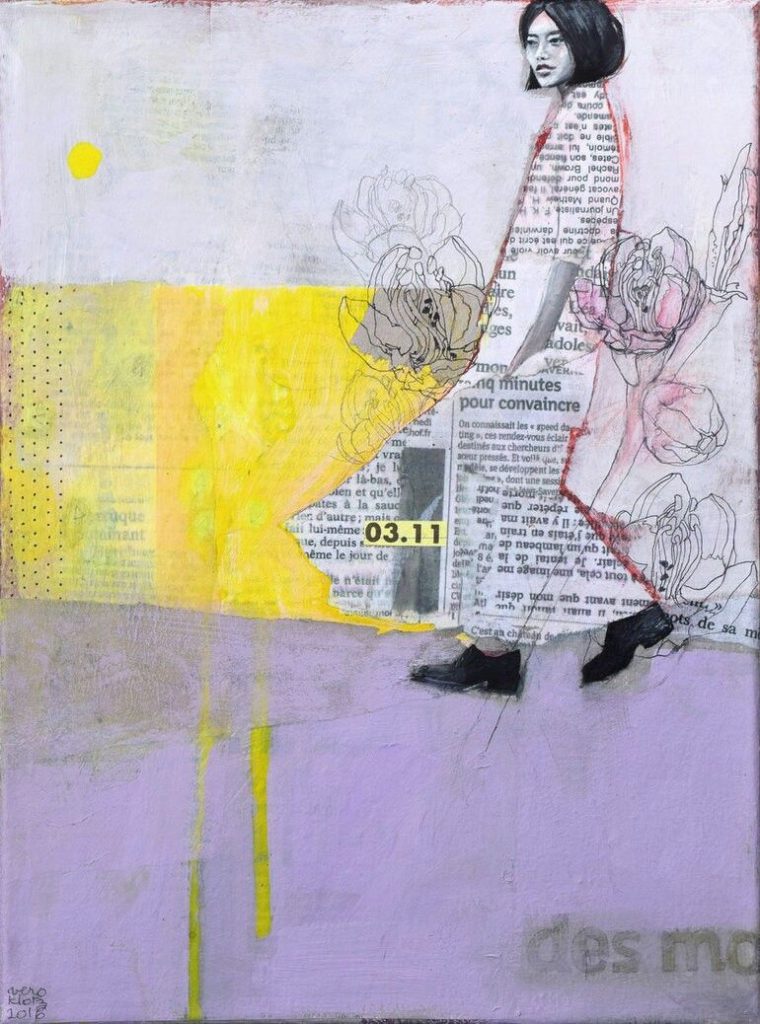 from Ajahn Sucitto:
from Ajahn Sucitto:
“The Buddha says that cultivation of the Noble Eightfold Path brings great fruit — ‘great benefit’ — but the word is ‘fruit.’
“The terms that are used — ‘path’ (magga) and ‘fruit’ (phala) — are pretty literal, straight-on translations.
“Magga definitely means ‘path.’ It’s never anything other than ‘path.’ Phala always means ‘fruit.’ It never means anything but ‘fruit.’
“So a path, which is a track in the woods….no mangos grow on that! A path doesn’t give rise to fruit.
“It takes you to a place, right? A path — if you follow it — it takes you to a place.
“So how can a path take you to a fruit? It can take you to a place, but it doesn’t take you to a fruit — unless you’re going to a fruit store, I guess. [laughs]
“It’s because the path — in walking that path — you start to learn. Through stumbles and dealing with the curves and the dips and the gulches and the traffic and all that — you’re beginning to learn a relationship.
“And relationship is where the fruit — that you didn’t know was there — begins to ripen. Out of that path.
“It’s a slightly different set of cause-and-effect, you might say, than the way we would normally assume it…
“Fruit arises from how one walks, not from where one goes.”
***
(excerpt from: Anapanasati–A Model for Cultivation and Freedom.)


